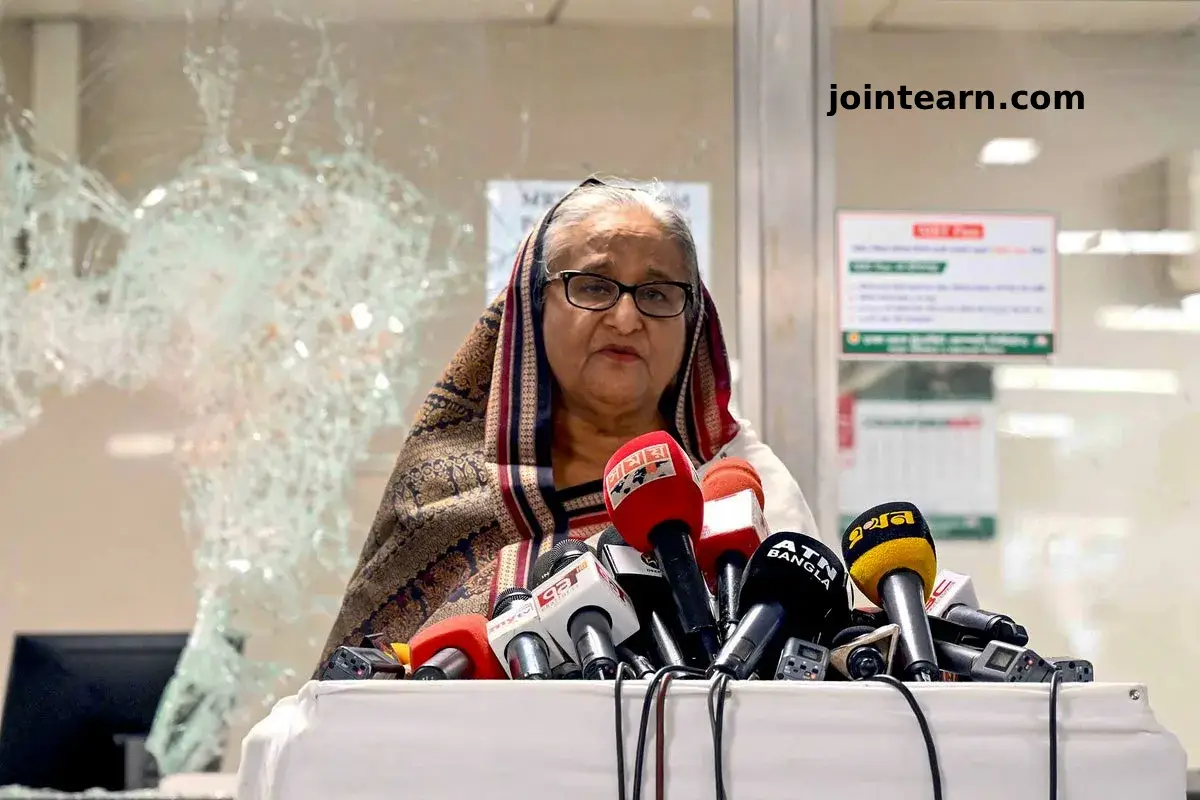Faridabad, November 12, 2025 — The National Investigation Agency (NIA) is set to visit Faridabad to take over the investigation from local authorities following the discovery of a massive cache of explosive materials and firearms tied to the recent Red Fort car blast in Delhi. Nearly 2,900 kilograms of ammonium nitrate and other chemicals, along with weapons, were recovered from rented properties linked to two accused doctors, Muzammil Ahmad and Umar Un Nabi, both of whom are under scrutiny for their alleged involvement in terror activities.
Faridabad Police have taken immediate steps to secure the sites involved. The biochemistry laboratory and a toilet block at Al-Falah Medical College, where Umar Un Nabi worked, have been sealed after forensic teams detected traces of suspected ammonium nitrate-based compounds on benches and storage racks. These preliminary findings suggest that the accused may have been siphoning small quantities of chemical compounds from the lab over a period of weeks before assembling larger explosive components in nearby locations, including Dhauj and Fatehpur Taga.
“Forensic experts have lifted samples from lab benches and storage racks that show preliminary indicators of ammonium nitrate-based compounds,” a police officer said. “It appears the accused were experimenting with small chemical reactions in controlled amounts before scaling up their operations outside the campus.” The collected samples have been sent to the State Forensic Science Laboratory in Madhuban for detailed analysis.
A senior police officer, speaking on condition of anonymity, said investigators are examining whether the accused diverted materials from the college’s lab inventory to assemble explosive devices. “The forensic report will play a critical role in establishing whether the chemicals recovered here match those found in the blast and whether there is a direct link to the lab inventory,” the officer added.
Cooperation between agencies has intensified. A team from Jammu and Kashmir Police is coordinating with forensic experts in Faridabad via video conferencing to compare chemical samples recovered from Srinagar with those seized in Haryana. The aim is to determine whether there is a consistent operational pattern connecting the suspects’ activities across states.
Police have also seized more than a dozen vials, glass flasks, and sealed containers from the Al-Falah laboratory. Attendance logs of staff and students who had access to the lab are being scrutinized to identify any additional suspects or lapses in security protocols. Faridabad Police Commissioner Satendra Kumar Gupta personally visited the college on Tuesday evening to assess the situation, underscoring the seriousness of the investigation. Media access to the campus has been strictly restricted amid heightened security concerns.
The NIA’s impending takeover reflects the scale and gravity of the case. The explosives recovered are considered highly sensitive, and the agency’s involvement is expected to streamline the investigation and connect the dots between multiple operatives, including those linked to the White-Collar Terror Module spanning Kashmir, Haryana, and Uttar Pradesh.
Officials believe that the materials recovered could have been intended for coordinated terror attacks. Security and intelligence agencies are now evaluating whether these operations were independent or part of a larger network orchestrated by Pakistan-backed handlers. The involvement of educated professionals, including doctors, has drawn particular attention, raising questions about how academic institutions were potentially exploited to facilitate terror activities.
While Faridabad Police continue to secure and analyze the sites, the NIA team will focus on consolidating evidence, identifying operational links, and establishing the complete chain of custody for the explosives. The agency will also conduct interviews and interrogations of the accused and any other persons associated with the labs or the rented premises where the materials were discovered.
Authorities have stressed the importance of following proper forensic and investigative protocols, as the results from chemical analysis and lab investigations will be pivotal in constructing the legal case against the accused. The scale of the material seized — nearly 2,900 kilograms of ammonium nitrate — makes this one of the largest recoveries linked to a terror module in recent years.
As the NIA prepares to assume control, security around Faridabad remains tight, and police continue to enforce strict monitoring of both the college campus and surrounding areas to prevent tampering or further diversion of materials. The coordinated efforts of state and central investigative agencies are now focused on tracing all operatives connected to this network and ensuring accountability at every level.
With the Red Fort blast having killed 10 people and injured scores more, investigators are under pressure to piece together the operational timeline and prevent any further attacks. The seizure in Faridabad is being seen as a crucial breakthrough that may reveal the broader structure of the terror module and provide actionable intelligence to preempt other potential threats across Delhi-NCR and neighboring states.


Leave a Reply